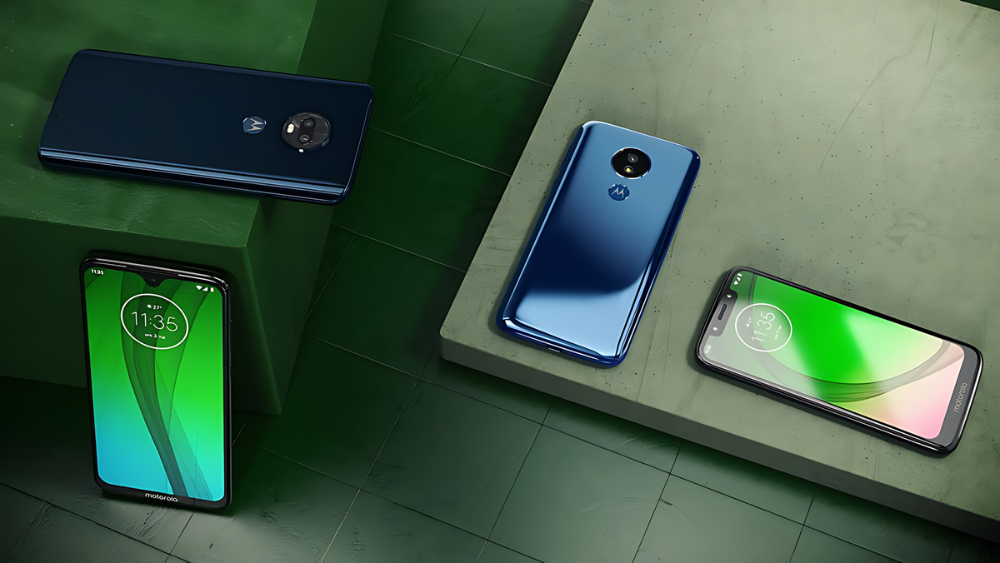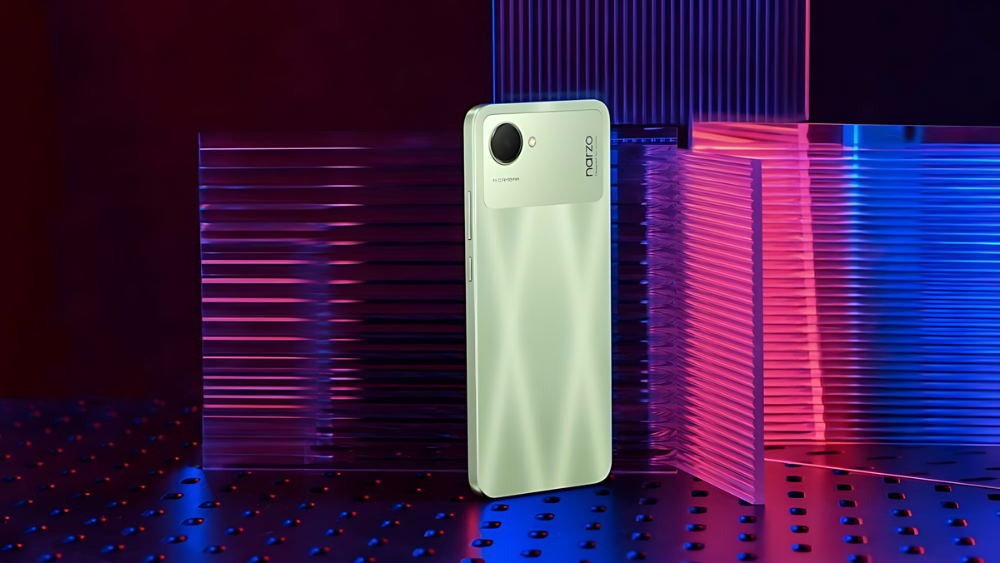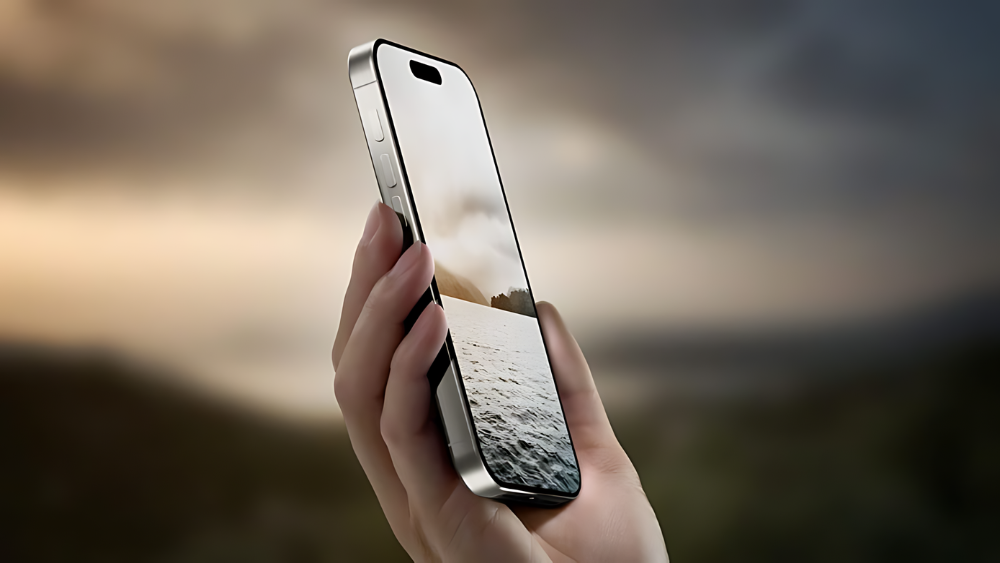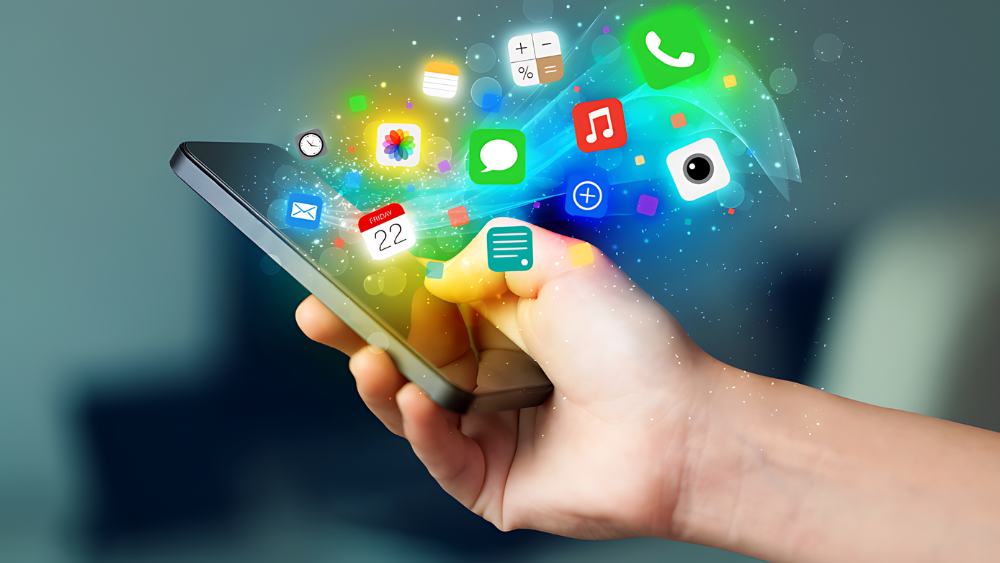Explore the captivating history of mobile phones, from the first clunky handsets to the sleek smartphones of today. Discover the evolution, impact, and future of mobile communication in this informative and engaging article.
Table of Contents
Introduction
Ah, mobile phones! They’re as essential as your morning cuppa, aren’t they? But have you ever stopped and wondered how these nifty little gadgets came to be? From those bulky bricks to the ultra-slim devices we can’t live without, the history of mobile phones is a story filled with innovation, competition, and a few surprises along the way. So, grab a seat and let’s dive into the evolution of mobile phones—one of the most significant technological advances of our time.
The Humble Beginnings: A New Era in Communication

The Birth of Mobile Communication– History of Mobile Phones
The concept of mobile communication isn’t as modern as you’d think. It actually dates back to the early 20th century! The first ideas of wireless communication started floating around during World War I. The need for soldiers to communicate without wires drove inventors to think outside the box—literally.
In the 1940s, the first real attempts at creating a mobile phone began. But these early devices were far from the pocket-sized wonders we have today. They were massive, unwieldy machines that needed a vehicle to transport them. Known as “car phones,” these early mobile devices were the first taste of a world without cords.
Enter the Brick: Motorola’s Game-Changer
Fast forward to the 1970s, and things start getting interesting. In 1973, Motorola made history with the first-ever handheld mobile phone, the DynaTAC 8000X. This hefty device, affectionately known as “The Brick,” weighed nearly 2.5 pounds and cost a small fortune.
- Key Features of the Motorola DynaTAC 8000X:
- Weighed around 1.1 kg (2.5 lbs)
- Measured 25 cm (10 inches) in length
- Offered 30 minutes of talk time
- Took 10 hours to charge fully
- Could store up to 30 numbers (fancy that!)
Despite its clunky design, the DynaTAC 8000X marked the beginning of a new era. Suddenly, the idea of being able to communicate on the go wasn’t just a fantasy; it was a reality.
From Brick to Slick: The Evolution of Mobile Phones

The Rise of the Flip Phone– History of Mobile Phones
By the 1990s, mobile phones were shrinking in size but growing in popularity. The ’90s saw the rise of the flip phone, a design that would dominate the market for nearly a decade. Motorola, once again leading the charge, introduced the StarTAC in 1996. This was the first clamshell phone, and it was an instant hit.
- Why Flip Phones Were All the Rage:
- Compact Design: They were much more portable than their predecessors.
- Privacy: Closing the phone ended the call, offering a sense of control.
- Cool Factor: Let’s be honest, flipping your phone open and closed just felt cool!
The Nokia Revolution– History of Mobile Phones
When talking about the history of mobile phones, one simply cannot overlook Nokia. In the late 1990s and early 2000s, Nokia became synonymous with mobile phones. The Nokia 3310, released in 2000, was particularly iconic. With its indestructible build and long battery life, it became a global phenomenon.
- Noteworthy Features of the Nokia 3310:
- A battery life that seemed to last forever
- Built-in games like Snake (who could forget?)
- Customisable ringtones
- SMS messaging capabilities
Nokia’s influence wasn’t just about hardware. The company also helped standardise many of the mobile technologies we take for granted today, such as SMS and mobile internet access.
Smartphones: The Game Changers
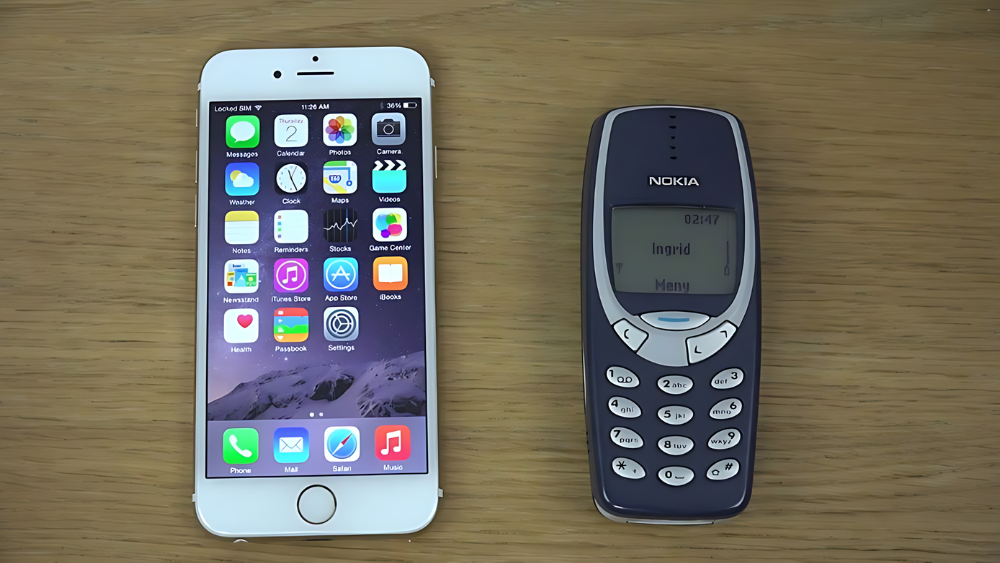
The Birth of the Smartphone -History of Mobile Phones
The history of mobile phones took a monumental leap forward in 2007 when Apple introduced the first iPhone. With its sleek design, touchscreen interface, and an operating system that felt like a mini-computer, the iPhone redefined what a phone could be.
- What Made the iPhone Revolutionary:
- A large, touch-sensitive screen that did away with physical buttons.
- Access to the internet like never before, thanks to its Safari browser.
- A built-in camera that made photography on the go easy.
- The App Store, which turned the phone into a platform for thousands of new functionalities.
Android Enters the Scene -History of Mobile Phones
Not to be outdone, Google introduced the Android operating system in 2008. Android phones quickly gained popularity, offering more choices in terms of brands and price points. The competition between iOS and Android has driven innovation at a breakneck pace ever since, bringing us to the current age of mobile technology.
- Android vs iOS: A Never-ending Debate:
- Customisation: Android phones offer more flexibility, allowing users to tweak almost everything.
- Simplicity: iOS is often praised for its user-friendly design and seamless integration with other Apple products.
- Apps: While the App Store tends to get exclusive apps first, Google Play offers a wider range of free apps.
The Rise of the Phablet -History of Mobile Phones
As smartphones became more powerful, they also started getting bigger. Enter the “phablet”—a portmanteau of “phone” and “tablet.” Devices like the Samsung Galaxy Note series paved the way for this trend, offering users larger screens perfect for watching videos, playing games, and even working on the go.
The Impact of Mobile Phones on Society

Changing How We Communicate -History of Mobile Phones
The history of mobile phones isn’t just about technology; it’s also about how our ways of communicating have evolved. Remember the days of landlines and answering machines? Now, we’re always connected, always available, and always online. Mobile phones have made it easier to stay in touch, but they’ve also introduced new challenges, like the pressure to be constantly available.
- Key Changes in Communication:
- Instant Messaging: Texting, WhatsApp, and other messaging apps have replaced many voice calls.
- Social Media: Platforms like Facebook, Instagram, and Twitter have transformed how we share our lives with others.
- Video Calls: With apps like Zoom and FaceTime, distance is no longer a barrier to seeing loved ones.
Mobile Phones and the Workplace -History of Mobile Phones
Mobile phones have had a huge impact on the workplace, too. Remote working, flexible hours, and the rise of the gig economy are all made possible by mobile technology. However, this constant connectivity can also blur the lines between work and personal life, leading to stress and burnout.
The Downside: Are We Too Dependent on Our Phones?
While mobile phones have brought countless benefits, they’ve also raised some concerns. From social isolation to sleep disruption, our dependency on these devices can sometimes be a double-edged sword.
- Common Issues with Mobile Phone Use:
- Screen Addiction: Many people find it hard to disconnect from their phones, even for a short period.
- Health Concerns: Excessive phone use has been linked to problems like eye strain, poor posture, and sleep disturbances.
- Privacy: With so much personal information stored on our phones, data security and privacy have become major issues.
Conclusion: Where Are We Headed?
The history of mobile phones is a testament to human ingenuity and our desire to stay connected. From the bulky car phones of the 1940s to the sophisticated smartphones of today, mobile phones have undergone a remarkable transformation. But what does the future hold? Will we see phones that are completely integrated with our bodies? Or perhaps devices that project holograms? One thing’s for sure—whatever comes next will likely surprise and amaze us.
In the end, mobile phones are more than just tools; they’re a reflection of how far we’ve come and how far we’re willing to go. So, next time you pick up your phone, take a moment to appreciate the journey it’s been on—one that’s far from over!
Motorola Moto G Stylus 128GB Latest Motorola Mobile
Frequently Asked Questions (FAQs)
Q: When was the first mobile phone invented?
A: The first handheld mobile phone was invented by Martin Cooper of Motorola in 1973, and it was known as the Motorola DynaTAC 8000X.
Q: What was the most popular mobile phone in the early 2000s?
A: The Nokia 3310 was one of the most popular and iconic mobile phones of the early 2000s, known for its durability and long battery life.
Q: How has mobile phone technology evolved over the years?
A: Mobile phone technology has evolved from basic voice communication devices to powerful smartphones that offer internet access, cameras, GPS, and countless apps for various functions.
Q: What are the major mobile operating systems today?
A: The two major mobile operating systems today are Apple’s iOS and Google’s Android.
Q: Why are smartphones called ‘smart’?
A: Smartphones are called ‘smart’ because they combine the functionality of a phone with that of a computer, allowing users to run apps, access the internet, and perform tasks beyond making calls and sending texts.
By: Munafekideal







